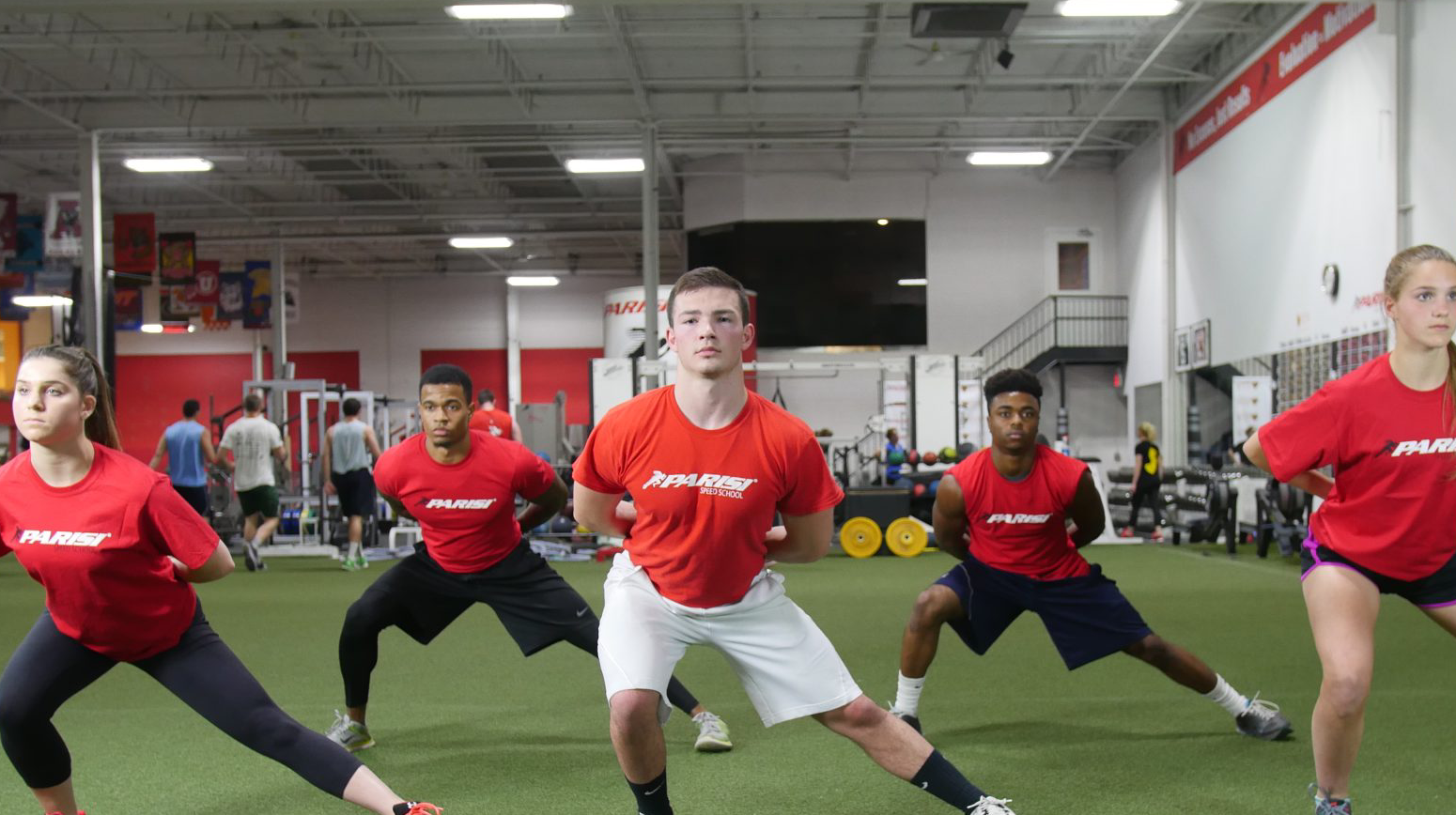Each month in All-Access we host a Coaching Call. These calls are 100% designed to drive community, talk about live-time challenges we are facing as industry professionals, and also bring up questions and curiosities.
In our call last month, we had a great conversation on ACL tear mitigation and an anecdotal story was shared about a young lady I used to train who had amazing hip range of motion (ROM), and thought she presented with a knee valgus, she never even sniffed a knee injury – or any lower extremity injury for that matter.
Insert this month’s research review on hip range of motion and ACL ruptures!
For those new to the show, here’s how these blog posts break down…I am going to test my ability to read and crush the entire article. In this case a ‘brief’ review on maximum strength and change of direction ability. Once done, I am going to write a summary of the article in to these three parts.
Part 1: What we know.
This is going to explain what the research was looking to study, how they studied it, and why you should care.
Part 2: Any comments or concerns about what the study is showing?
Sometimes the best research study looks so good on paper, but then when you dive in you see that it was done on olympic athletes, or was sponsored by a specific company, or something else that can throw a major red flag on its effectiveness in practical use. Alas, that is what we are for here at Parisi HQ
Part 3: How can I use this?
This part is going to explain practical applications of the research. Typically research is lab based and can be hard to replicate when you’re a Performance Coach on a budget. I’m going to do my best to break down how you can actually apply this research to you coaching
As always, for the grammar nerds, here is the article in an unknown citation format…pretty wild this is how the citation download came out. Regardless, if you click on the citation it will take you to the full article.
João L. Ellera Gomes, Jaqueline Vieira de Castro, Ricardo Becker,
Decreased Hip Range of Motion and Noncontact Injuries of the Anterior Cruciate Ligament,
Arthroscopy: The Journal of Arthroscopic & Related Surgery,
Volume 24, Issue 9,
2008,
Pages 1034-1037,
ISSN 0749-8063,
https://doi.org/10.1016/j.arthro.2008.05.012.
What we know:
100 male soccer players – who had previously ruptured their ACL- were examined for decreased range of motion in their hip. To no surprise, the study showed a correlation to those players who presented with decreased hip range of motion – specifically lack of internal hip rotation- and ACL rupture.
What we also know, is that this study was conducted with males of an average age of 26 years old … .I don’t really love that age group as it relates to those who work with younger athletes, but alas, beggars don’t get to be choosers when there is limited research. On the flip side of that, the study pool is quite large with 100 individuals examined.
Any comments or concerns about what the study is showing?
I find myself wanting to nit-pick this study. However, I don’t want to find myself sharing thoughts that miss the forest for the trees.
The first thing that jumps out at me is that all of these hip examinations were conducted post-ACL rupture. I wonder how much the ACL injury had any effect on hip ROM after the fact? Protective tension? I’m not sure and there are no comments about that in the research methods.
The second thing I noticed- and wasn’t too keen on – was the control group was about 5 years younger than the test group. I know I felt a lot more invincible when I was 23 years old versus when I was 28. The icing on the cake is that the study cut off any athlete younger than 18 years old. It really is hard to find research that caters to the youth population. As stated above, beggars can’t be choosers, this study does indeed validate a critical point.
How can I use this?
I think this study validates a passive and active range of motion assessment in your new athlete/client onboarding. Specifically, if an athlete presents outside of the 70 degree cut-off used in the research study, the implementation of hip internal flexibility should be a top priority in the athletes programming.
If you want to check out some quick and easy hip internal and external testing, throw the term ‘FADER’ and ‘FABER’ test in the old Google machine. These are pretty easy, non-invasive, testing you can do.
